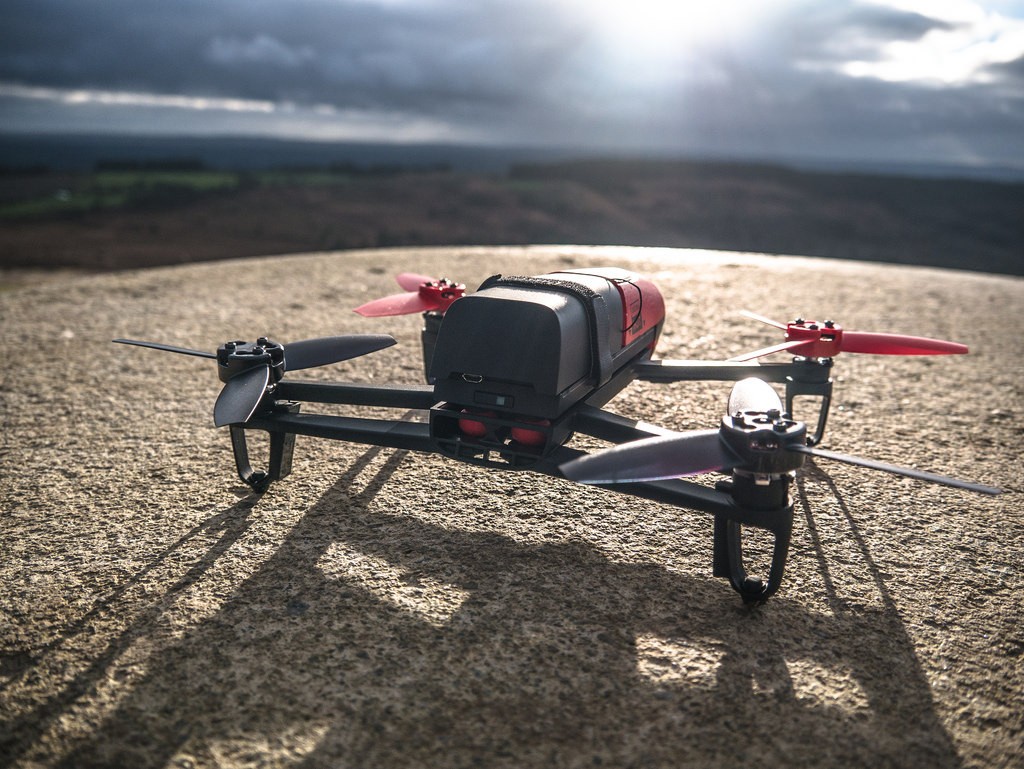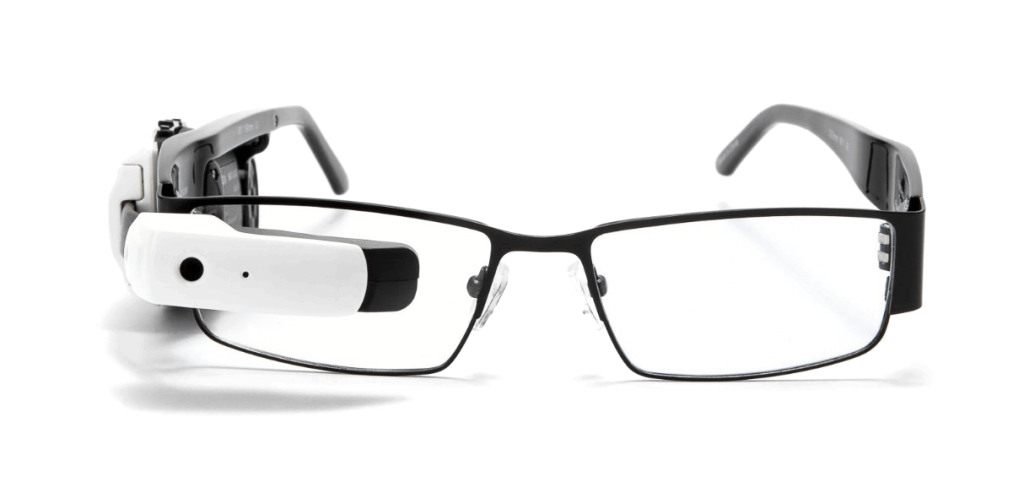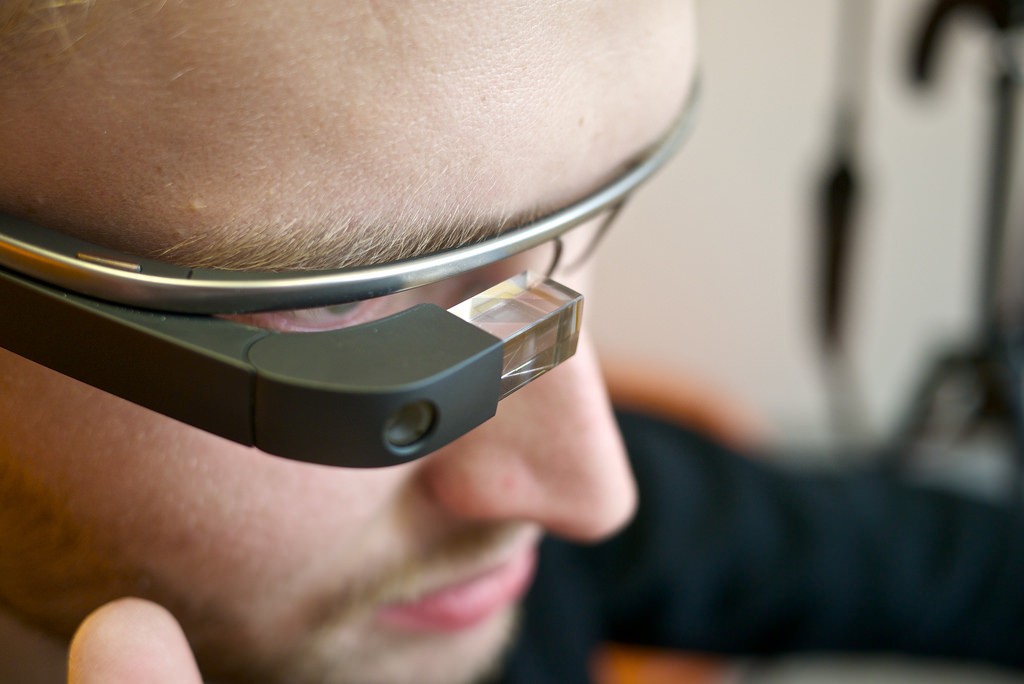2015 was a huge year for technology: smart watches brought wearable tech to the mass market; fitness bracelets got people hooked on activity tracking; drones took off commercially in a big way, and virtual reality headsets became, well, realer than ever. But how will all this cutting edge tech affect mobile workforce management in 2016?
Field Service Drones: Still a Pipedream?
2015 saw new FAA regulations on drones, prohibiting night flying, heavy loads, and drones flying out of visible sight. This threw a spanner in the works for Amazon and Google (temporarily, at least), but left possibilities open for the field service industry. In theory, jobs that are too dirty, boring or dangerous could be done by drones, such as visual checks in treacherous locations. As regulations are relaxed, drones could feasibly end up transporting parts, or even performing simple maintenance tasks.

However, despite these possibilities (and the undeniable fact that drones are cool), most businesses have no need for them, and introducing them would mean hours of training and navigating tricky legislation. So, our verdict is the same as it was last year when we asked whether field service was ready for drones: it’s a nice dream, but it’s still just that – a pipedream.
The Smart Money’s On Wearable Tech
Wearables are the fastest growing field in technology, and although normally associated with consumers (think Fitbits and sexy Huawei watches), 2015 was the first year wearables made a serious impact on mobile workforce management. Of 500 companies surveyed by Salesforce.com, 86% of those who implemented wearables in 2015 planned to reinvest further in 2016. In other words, wearables are working.
Take Vuzix’s groundbreaking deal with $150 million dollar maintenance firm, the Lee Company. Announced in January, the deal means a huge rollout of Vuzix’s M100 Smart Glasses across the company’s workforce of technicians, enabling them to receive (handsfree!) critical information to complete jobs, share data and video internally. ultimately, wearables are saving service hours.

Google Glass is hoping for a bright 2016, after a not-so-hot 2015, thanks to concerns about privacy and some less than PR-friendly comments from diehard Google Glass devotees (aptly named ‘Glassholes’). After announcing in January that they would be discontinuing the existing prototype, Google set to work making Google Glass palatable again, and on December 28th an application for Google Glass 2.0 was sent to the FCC, with new features including a camera light that stays on while recording.
Even with PR kinks smoothed out, Google Glass will be more appreciated in industry than in the real world in 2016. Ordinary people still don’t want to be filmed (light or no light), and Google Glass’s practical uses for mobile workforce management are enormous. Analyst firm CCS Insight predicts Google Glass will become the most widely deployed head wearable by the end of 2017.
Smart Watches, Mobile Workforce Management and BYOW
Smart watches gained popularity in field service in 2015 because they enable technicians to receive updates and information mid-job, have useful activity tracking features, and can fit into field service mobile workforce management systems – not to mention they’re cheaper than smart glasses.
2015 saw some businesses implement BYOW (Bring Your Own Wearable) schemes, encouraging technicians to use their own smart watches or devices at work, thereby keeping costs low. Obvious downsides to BYOW are the security concerns involved: how can you secure devices that are for professional and personal use?

Security concerns were the biggest barrier to the use of wearables in the service industry in 2015, and the trend looks set to continue. As relatively new products in the IoT, wearables make tech professionals decidedly nervous; CCS Insight predicts they’ll “spark a wave of security paranoia” in 2016, and according to IDC analyst Duncan Brown, “There’s no IoT device category out there that hasn’t been hacked”. We predict that it’s attitudes like that that will keep service bosses decidedly suspicious for some time to come.
Despite security concerns, APX Labs is predicting the IoT and wearables to become fully integrated in 2016, with data from IoT products and appliances accessed using hands-free devices like smart glasses and watches. They’re also predicting that use of wearables in industry will increase six-fold.
We happen to agree, which is why we’re currently working on incorporating wearables into Synchroteam, our mobile workforce management tool. Watch this space!
Images used in post thanks to: Vuzix, Kārlis Dambrāns, kaveman743 and Yann Caradec – thanks guys!




